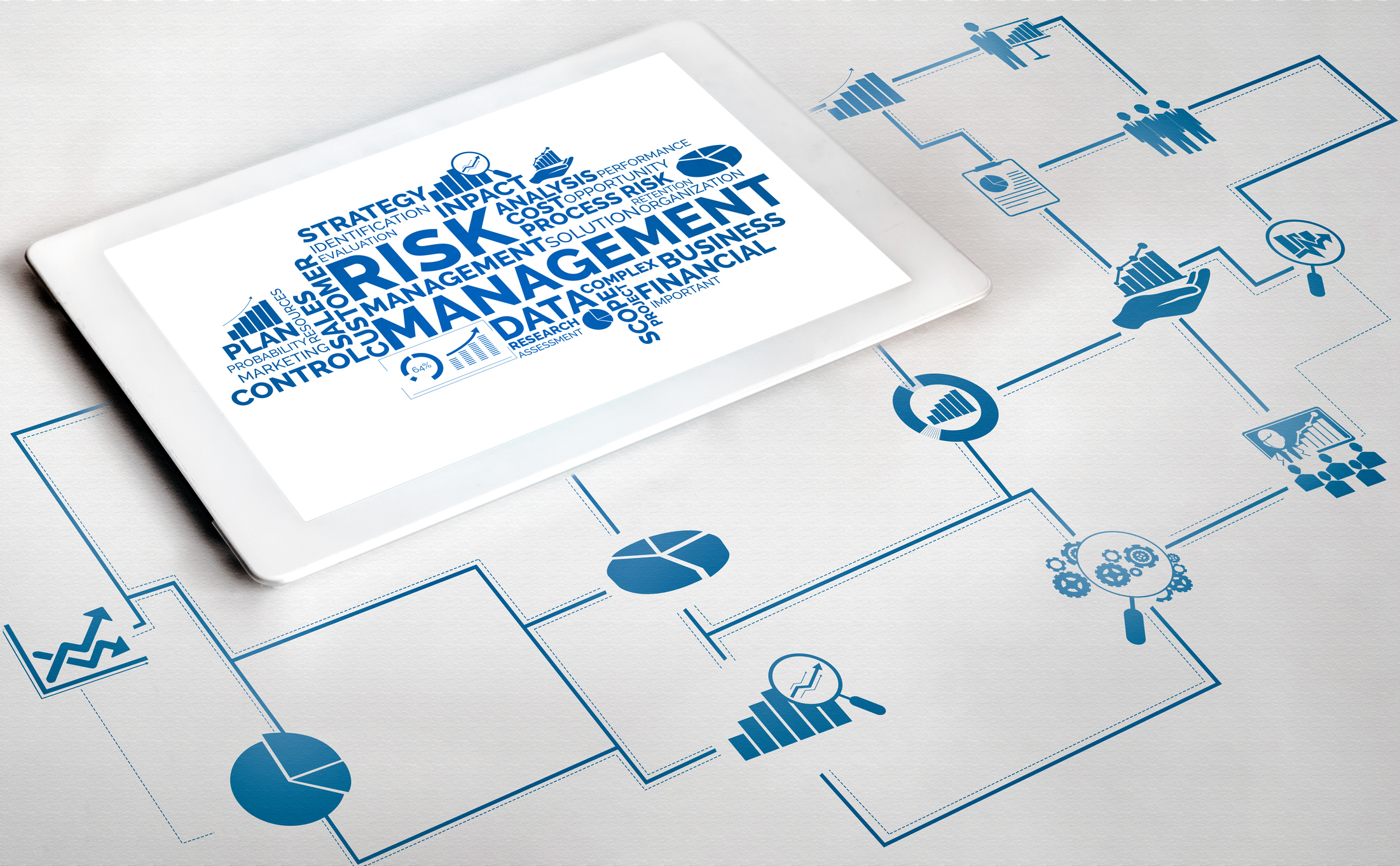Go-To Strategies for Every Risk Management Plan
Risk managers have faced challenges aplenty in the last two years, but have been provided with more insight than ever into the most important facets of their planning. We break down three necessary elements of a rock-solid risk management plan.
January 28, 2022

Between vaccine mandates, work-from-home transitions, and an evolving pandemic, many risk managers have experienced more challenges than they ever prepared to handle in any given year. But with risk often comes reward, allowing for more robust planning that involves a more holistic approach to an enterprise’s long-term risks.
“Enterprise risk management is more than a risk mitigation strategy now—it is a competitive advantage,” said Don Enke, Vice President of Risk Services. “Silos can result in entirely different risk philosophies within the same organization, making it increasingly difficult to manage critical risks that impact the overall reputation of a business.”
Companies aiming to unify their risk planning can start with these three areas.
1. Business Continuity Planning and Resilience
COVID-19 was a lesson for many organizations handling disruptions, as most were focused solely on sustaining business operations. The increase of cloud technology to connect remote employees created an opportunity for many to consider their vulnerability and new cybersecurity challenges. The accessibility of documents stored and sent, both internally and to third parties, also presented unknown risks.
Now, many are looking beyond the pandemic to prioritize resilience. Successful resilience plans start with bridging the divide between risk managers and the C-suite by effectively communicating enterprise risks and each department’s critical role in mitigating those risks. The plan should also be extremely responsive and dynamic to account for an organization’s evolving risk appetite.
2. Environmental, Social and Governance (ESG) Efforts
ESG is on every organization’s radar as key stakeholders express more interest around these initiatives. ESG risk planning through simulations, scenario planning and interactive workshops will continue to rise in use as they can provide valuable insight into the impact of different future scenarios for corporate plans and strategies. To properly assess and manage these risks, it is increasingly critical for organizations to avoid silos in their operating units.
However, risk managers need to approach their role in ESG planning with authenticity as not to mislead stakeholders on the intentions of their initiatives. It may be viewed as an empty promise without measurable progress and negatively impact a business in the long term.
3. Data-Driven Strategic Planning
Great data can predict and manage risks while identifying trends and modeling predictions. Technology like artificial intelligence uses important algorithms to identify patterns or behaviors related to past incidents and predict potential risks. The ability to take preventative measures and reduce repetitive losses could reduce annual claims costs. Artificial intelligence (AI) can also automate repetitive steps and process large data groups, allowing risk managers to respond faster to emerging risks. This increased efficiency can lead to reduced costs and processes, freeing up resources for more creative strategizing.

























